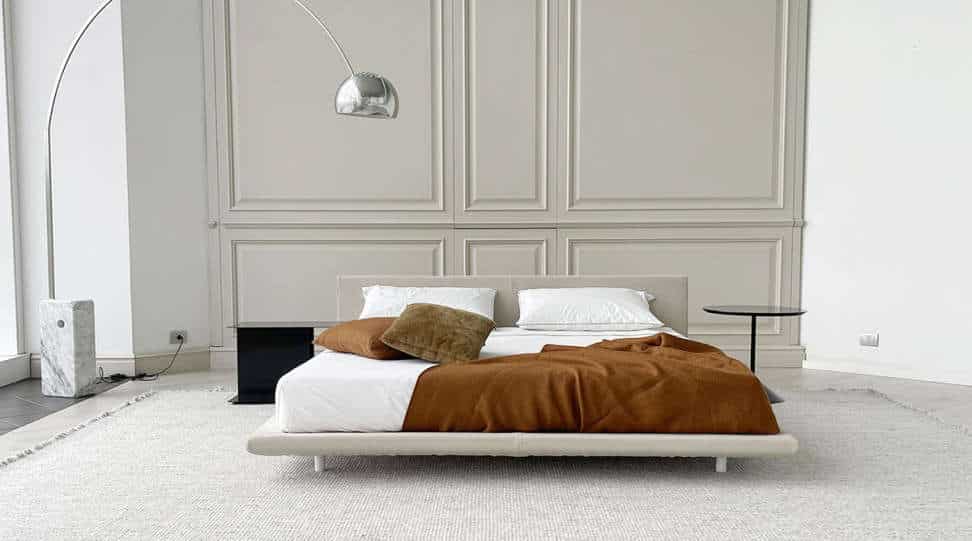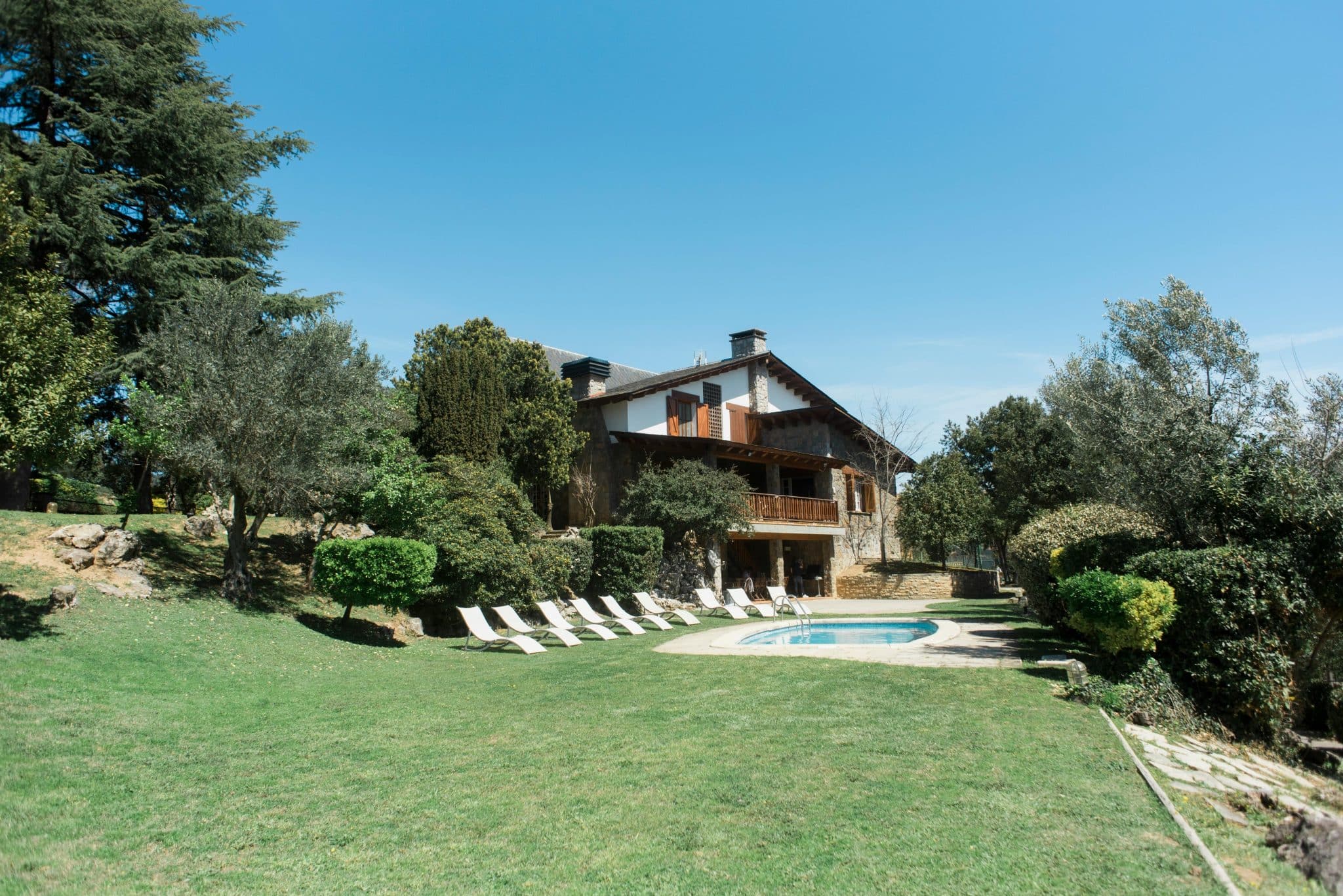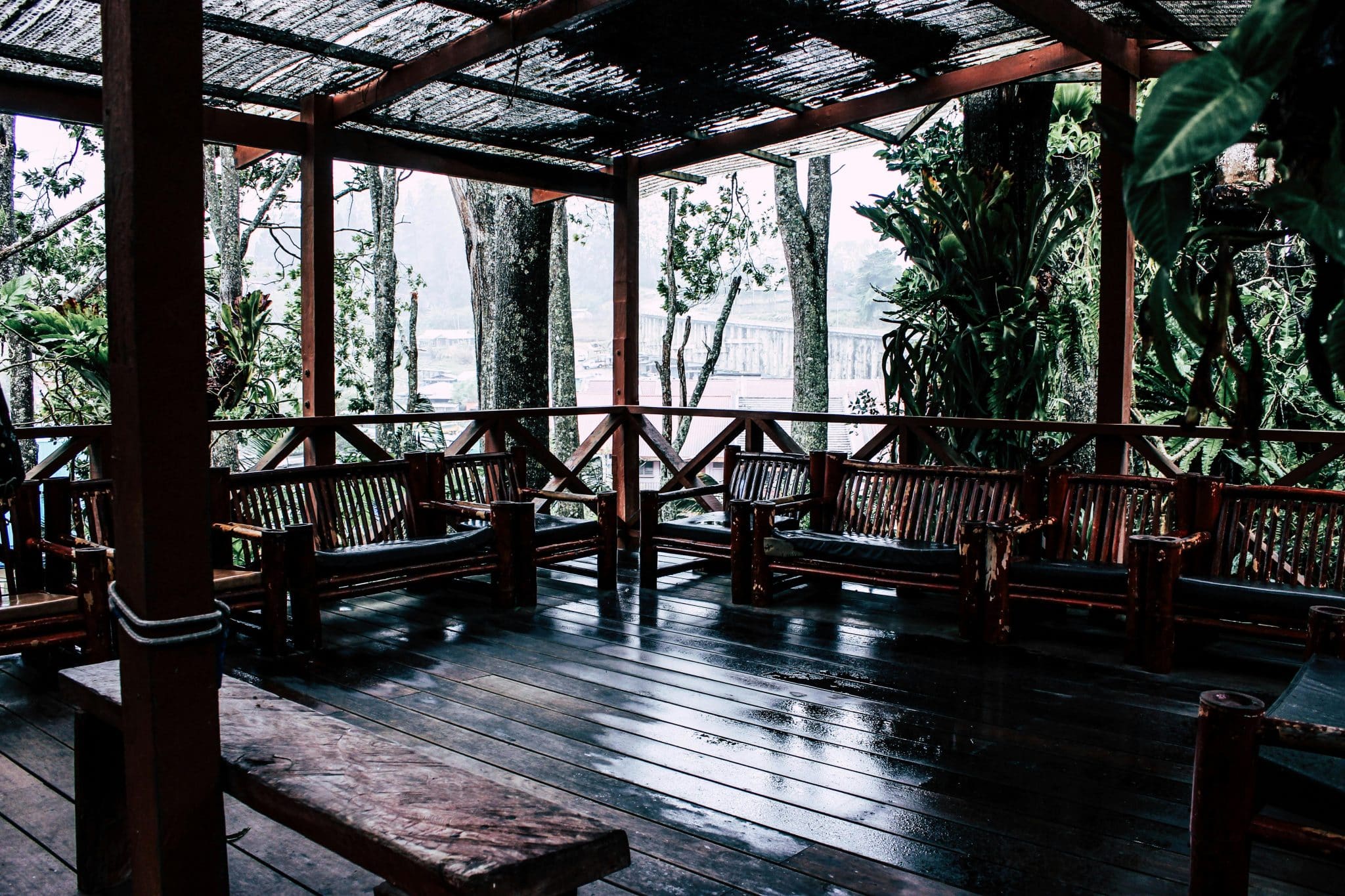To take an example from interior design, when the Flexform Groundpiece was launched, the first photos of the sofa were all in beige fabric. Then, one day, photos of a Groundpiece in antique pink velvet appeared: an equally neutral version, but with a completely different effect! Character, personality, and an edge for a sofa that can still be placed in sober and refined living rooms. So maybe it is time to get over the beige fixation. Ready?
Sad Beige: Meaning and Explanation
Sad beige is the name that Gen-Z has given to the fixation that millennials have for furniture exclusively on the beige palette. From a refined and exclusive colour, it has suddenly become a sign of a pretentious aesthetic, a fake luxury that can be avoided at all costs!
It’s like when you look at your living room and think, “Why does this feel more ‘hospital waiting room’ than ‘chill, cozy hangout’?” That’s when sad beige shows up, ready to turn your room into a lifeless zone. And sure, beige isn’t the problem itself, but when it’s the dominant color without anything to give it life, it just feels… well, beige.
Sad beige is the kind of color that feels safe, but not in the fun, cozy way. We’re talking about the kind of beige that just blends in, flatters no one, and leaves your room feeling like it’s waiting for something more… to happen. It’s beige that looks tired. Think beige walls, beige furniture, beige everything: like a sad little cookie left out in the rain.
What is it about beige that makes it seem so… lifeless? Maybe it’s because beige often lacks the complexity or excitement of other colors. You throw in beige furniture, beige walls, beige carpet, and… bam! You’ve got yourself a room that feels like it’s stuck in the past.
Beige isn’t necessarily bad, it’s just the overuse that kills the vibe. When you’ve got a mix of soft neutrals but lack the contrast or excitement, it can leave a space feeling flat, like the room’s waiting for the party to start, but the music never plays.
What are Some Textures that Can Turn the Tide?
-
Velvet: The plush, luxurious feel of velvet is perfect for adding a rich touch to your neutral palette. Whether it’s a cushion, throw, or an entire sofa, velvet brings instant sophistication. Just picture it: a velvet cushion on your neutral-colored Flexform Groundpiece sofa. Instant luxe.
-
Woven Fabrics: Think natural fibers like jute or wool. These materials have a tactile feel and instantly bring warmth and character into a room.
-
Leather: A sleek leather chair or ottoman can work wonders when mixed with softer textures like linen or cotton. It creates an organic contrast that keeps things fresh and exciting.
When you introduce multiple textures, you’re adding life to the room. This makes a neutral-colored space feel far more dynamic than a flat monochrome beige scene. These textures help elevate a minimalist design without making it feel cold or sterile. They soften hard lines and give your space a more organic, lived-in feel. So next time you’re designing with neutrals, don’t forget to add that tactile element.
What Color Pops Should You Use Instead?
-
Bold jewel tones like emerald green, sapphire blue, and ruby red bring richness and sophistication to a space.
-
Warm, fiery hues like coral and mustard yellow add a playful and lively touch.
-
Citrus tones like lime green or tangerine can introduce a fresh, zesty vibe.
And we’re not talking about that dusty rose that sometimes looks more like an accident than a choice. We mean colors that energize and bring life. Think of jewel tones like emerald green or deep navy. Even a bright coral or mustard yellow chair can act as a statement piece in a neutral room.
Consider adding a bold throw pillow or a bright rug under your neutral-toned sofa. It will take the room from “okay” to “wow” in a second. Remember, contrast is the key. That’s what makes everything pop. A deep blue accent wall paired with neutral furniture makes the furniture stand out in the best way.
Another Way to Avoid It? Mix and Match with Vintage Finds
If your space is all modern pieces, you might be missing out on some character. Vintage and retro furniture can really elevate a neutral room without clashing with your current design. Maybe a 70s-inspired armchair next to your clean-lined Flexform Groundpiece sofa? Yes, please.
These unique pieces don’t have to say out loud “I’m an antique!”, they can just add the right amount of unexpected charm to your space. Plus, they’re usually built with a level of quality that modern mass-produced furniture can’t touch. So, by adding a vintage coffee table or a funky lamp, you can breathe some personality into your home.
Some vintage finds to consider:
-
A mid-century modern armchair: A splash of retro in an otherwise modern room can create a unique contrast that adds depth and interest.
-
Vintage light fixtures: Pendant lights or chandeliers from the ’60s or ’70s can add some serious flair to your space.
-
Retro artwork: Whether it’s a painting or a sculptural piece, vintage art can serve as a focal point without clashing with your minimalist design.
By mixing in vintage elements with your modern furniture, you’ll create a design that’s timeless and never feels “sad” or dated.
At the end of the day, the secret to avoiding sad beige is simply making your home reflect your personality. Don’t let it fall into the trap of neutral, lifeless space: inject it with color, texture, and interesting details that speak to who you are.
The best way to beat the beige trend is to check out designer furniture, which you can get custom-made in all sorts of unique and rare colours. One of the best e-commerce sites for design right now is Tomassini Arredamenti, which has a shipping service you can track worldwide. It won’t take long to see that luxury doesn’t have to be beige: it can actually be green, pink, or blue, too.








